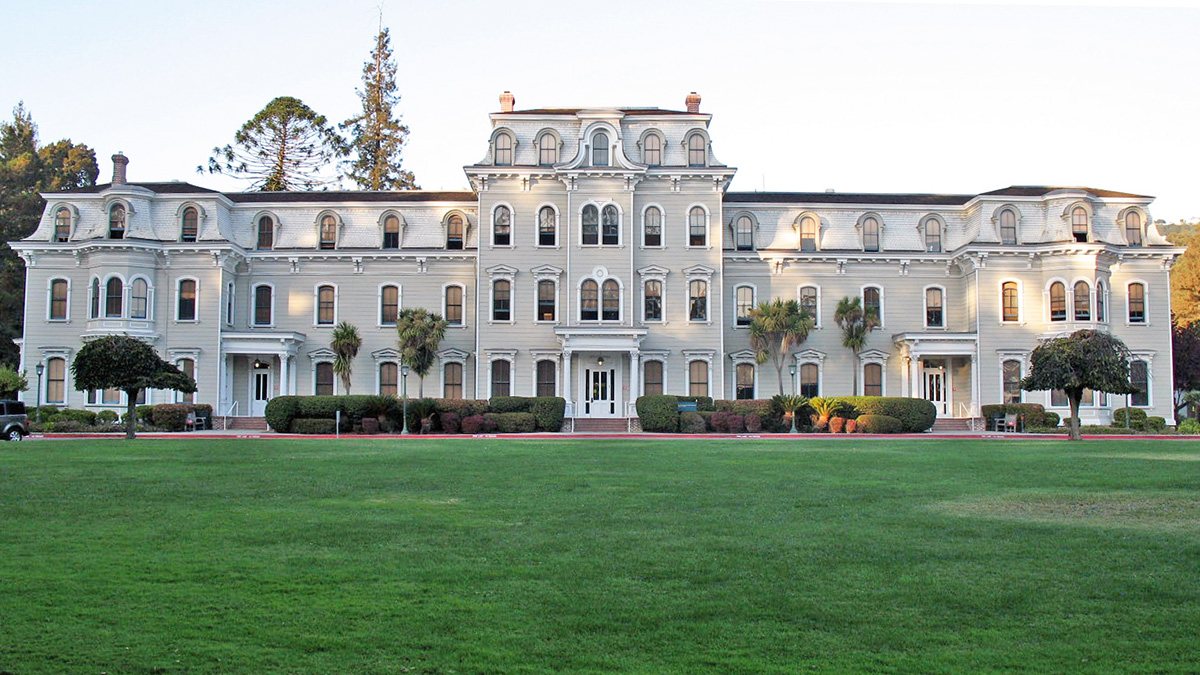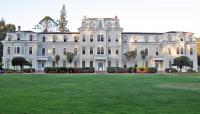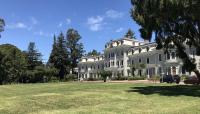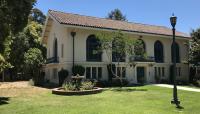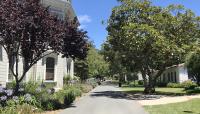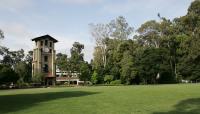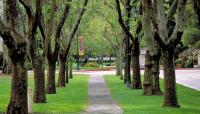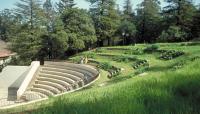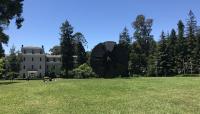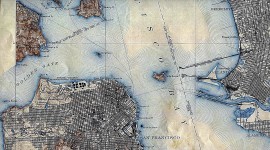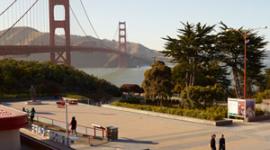Landscape Information
The Young Ladies’ Seminary was established in 1852 in the town of Benicia, California. Missionaries Cyrus and Susan Mills purchased that institution in 1865. Renamed Mills College, the school became the first women’s college on the West Coast after relocating to its present location in 1871. Cyrus Mills personally oversaw the campus’ forestation and the placement of key landscape features. From 1916 to 1949, architects Bernard Maybeck and Walter Ratcliff developed Beaux-Arts master plans that expanded the campus to the west, with improvements to the grounds made by landscape architect Howard Gilkey and botanist Howard McMinn. Nestled among sloping foothills, this 135-acre campus is edged by dense plantings of eucalyptus, firs, and redwoods. The original core of the campus is centered around an oval lawn designed by Mills, and the 2.5-acre Holmgren Meadow, separated by the French Second Empire Mills Halls (1871) and enclosed by historic structures, including the Greek Revival Lisser Hall (1901) and the Mission Revival El Campanil bell tower designed by architect Julia Morgan (1904). Beginning at the Wetmore Gate and its adjacent circular reflecting pool, Kapiolani Road climbs some 90 feet to the Mills College Art Museum. From the western entrance, Richards Road, framed by double rows of London plane trees, intersects with Kapiolani Road to create strong axes that reflect the early Beaux-Arts plan. To the west, clusters of Spanish Colonial Revival-style buildings surround gardens and courtyards designed by Gilkey. Other prominent features include the Postmodernist F.W. Olin Library-Lisser Hall Courtyard and Lake Aliso, dammed in 1888.




